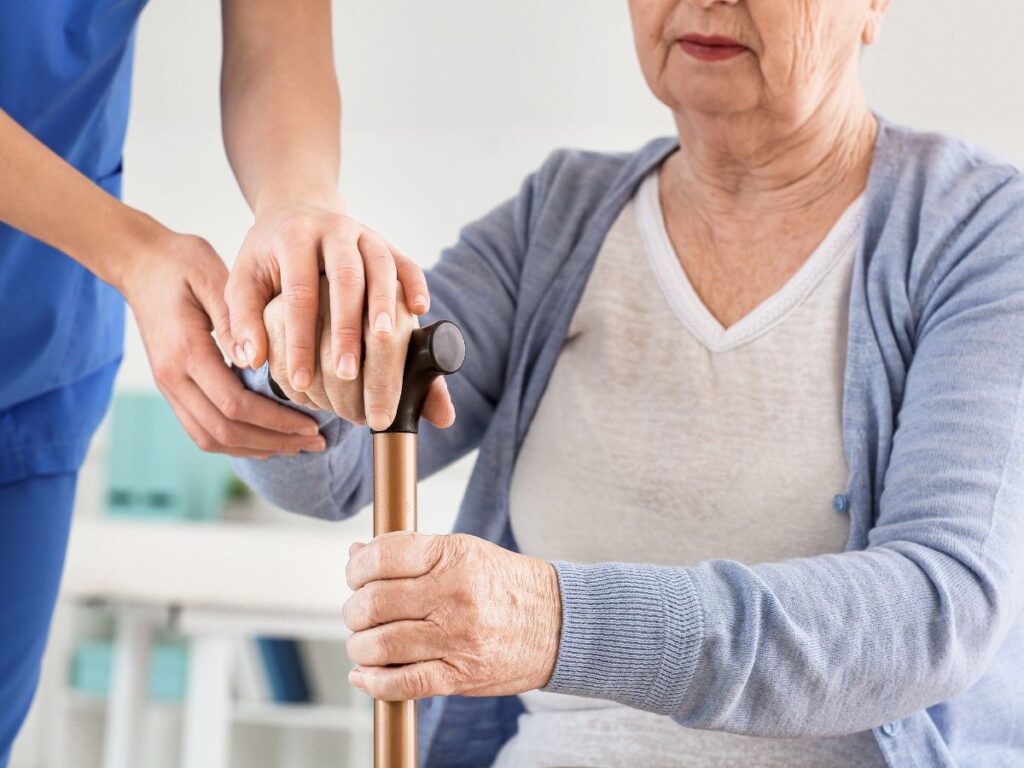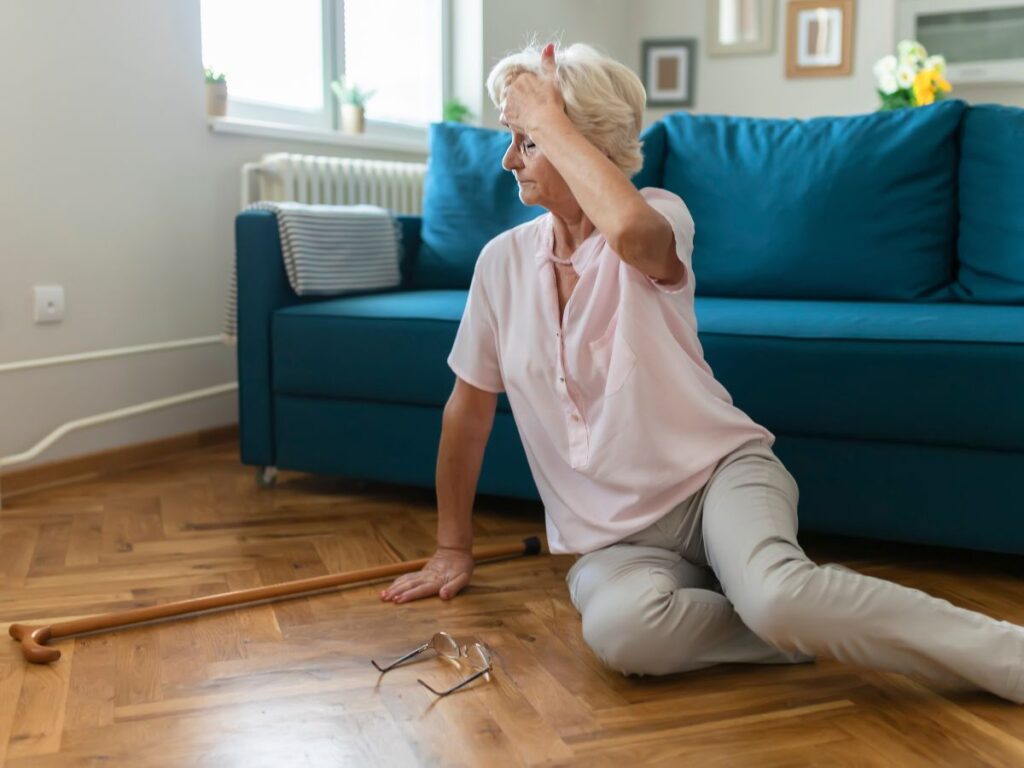Why Balance Therapy Empowers Older Adults
With advancing years, it’s not unusual for older adults to notice a decline in surefootedness—leading to stumbles or hesitation in daily tasks. Muscles naturally lose some strength, reaction times slow, and confidence in movement can wane. That’s where specialized balance therapy comes in, targeting the root contributors to shakiness through gentle exercises, posture alignment, and practical drills that sharpen reflexes. By focusing on core stabilization, improved leg strength, and safe stepping strategies, seniors reduce their risk of falls, preserving the freedom to perform chores, visit friends, or go for brief walks. Under the guidance of a dedicated therapy program and alignment checks by Dr. Elham, older adults gradually rebuild stable footing, letting them enjoy day-to-day life without fear of tipping over on every uneven surface.
The Hidden Reasons for Wobbly Steps
It isn’t just about “getting old.” Balance can suffer due to a mix of weak ankles, reduced sensation in the feet, arthritic knees, or even postural misalignments in the spine that tilt weight distribution. Sedentary habits might shrink muscle tone, while past injuries can hamper movement fluidity. Balance therapy spotlights these culprits—like an underused hip, a stiff back, or nerve deficits—and systematically undoes their effects. If a subluxation in the lumbar spine aggravates one side’s muscles, Dr. Elham’s gentle chiropractic corrections release that tension, ensuring each stepping drill or posture exercise truly evens out both legs. Gradually, those persistent wobbles yield to a steadier, more confident stride that reopens everyday possibilities, from grocery shopping to light gardening.
Essential Elements of Balance Therapy
A well-rounded plan typically includes:
- Strength-Building Drills: Simple resistance band moves, mini squats, or calf raises that fortify the legs and core.
- Proprioception Exercises: Standing on foam pads, tandem walking, or single-leg holds sharpen reflexes and foot awareness.
- Gait Training: Coaching on stride length, foot rollover, and pacing so seniors walk smoothly instead of shuffling or scuffing.
- Environmental Simulations: Navigating mock obstacles or practicing turns that mirror real home challenges.
- Posture Checks and Alignments: Dr. Elham’s chiropractic insights ensure no subluxation undercuts balanced stance.
These techniques blend to give older adults progressive gains in balance, letting them venture beyond home or engage in family events without perpetual fear of tumbles.
Dr. Elham’s Alignment Perspective
Even subtle spinal misalignments can tip posture forward or sideways, undermining stable foot placement. Dr. Elham evaluates each segment of the spine, applying gentle manipulations that restore symmetrical weight bearing and nerve conduction. If the pelvis is even slightly twisted, one leg bears extra strain, inviting stumbles when stepping off a curb. By correcting these subluxations, seniors experience an upright posture that complements balance drills—ultimately making each exercise more effective. Over time, the synergy of consistent therapy and spinal alignment yields a dependable stance, transforming wobbly steps into fluid, self-assured movement across varied surfaces.
Why Start Balance Therapy Early
Waiting until a serious fall occurs can mean prolonged recovery or lingering fear of further mishaps. Even minor instability can erode confidence in walking, fostering a cycle of inactivity that weakens legs further. By embracing therapy at the first hint of unsteadiness—like occasional tripping or reluctance to climb stairs—older adults retain muscle capacity and coordination. Dr. Elham’s alignment checks intercept posture faults that magnify risk. This proactive stance lets them keep controlling their routine, from heading out to the mailbox to enjoying casual strolls, rather than succumbing to dependency on walking aids. Early therapy thus preserves independence and fosters a vibrant social life that might otherwise wane with each misstep.
Maintaining Gains Outside Sessions
Therapists typically recommend simple home-based micro-exercises—like marching in place near a sturdy counter, or practicing heel-to-toe walks along a hallway. If mild soreness arises, icing or a warm compress soothes fatigued muscles. Dr. Elham may advise posture-awareness tips—such as distributing weight evenly while doing chores—so alignment improvements persist. Over time, these small daily efforts anchor therapy’s accomplishments, ensuring seniors continue refining balance in real-life tasks. Freed from repeated stumbles, they can reengage with cooking, housekeeping, or short visits to neighbors without a second thought about precarious foot placement on each step.
Conquering Day-to-Day Mobility Obstacles
Balance therapy addresses pragmatic issues—like pivoting safely in tight kitchen spaces or stepping up onto a porch. Under supervised conditions, seniors rehearse these moves, with the therapist offering pointers on posture and weight shifts. Dr. Elham’s alignments ensure no pelvic tilt undermines stable foot contact. As they gain confidence, older adults realize that daily tasks—like retrieving items from a high cabinet or turning swiftly to answer the door—no longer threaten sudden loss of equilibrium. This triumph over small tasks fosters independence and reduces reliance on family or caregivers for routine errands, ultimately reshaping how seniors view their own abilities.
Risks of Avoiding Balance Work
Seniors who bypass balance therapy may face frequent falls, leading to fractures or hospital stays. Fear of re-injury can spiral into severe inactivity, weakening muscles and fueling social withdrawal. Over time, subtle posture misalignments can solidify, triggering advanced joint wear or nerve compressions. Sleep might suffer if nighttime bathroom trips become perilous. Embracing therapy counters these outcomes: seniors remain upright and confident, subluxations get resolved quickly by Dr. Elham, and each day’s movements reinforce the body’s equilibrium. In short, ignoring shaky steps now can sacrifice a fulfilling retirement, while therapy invests in ongoing mobility and the chance to savor life’s simpler pleasures unimpeded by constant risk of falling.
Typical Balance Therapy Session Flow
Therapists begin by assessing how well seniors stand unaided, noting any sway or foot dragging. Gentle warmups—like ankle circles or toe taps—boost circulation. Dr. Elham might adjust the lower spine if subluxations hamper posture. Then seniors practice incremental drills—maybe standing on a foam pad to sharpen foot reflexes or doing side steps with light band resistance. If knee fatigue arises, a brief rest or seated exercise substitution keeps progress safe. Over repeated sessions, participants graduate to more dynamic tasks—like stepping over small obstacles or simulating turning in narrow halls—reflecting real-world demands. By discharge, older adults report fewer stumbles and a more stable pace, letting them relish daily routines with confidence.
A Steadier, More Active Future
Balance therapy for seniors breaks the chain of timid steps and constant fear of falling. Through carefully designed drills, posture refinement, muscle strengthening, and Dr. Elham’s alignment corrections, even those who once struggled with unsteady feet can find renewed security in each stride. Freed from hesitancy, older adults pursue small outings—like visiting a local park or strolling with grandchildren—without scanning the ground for hazards. This sense of stability transcends mere physical improvements, often igniting social reengagement and heightened self-worth. Ultimately, balance therapy restores a grounded, upright presence in seniors’ daily existence, ensuring they can step out the door into each new day with steady feet and a calm mind.






